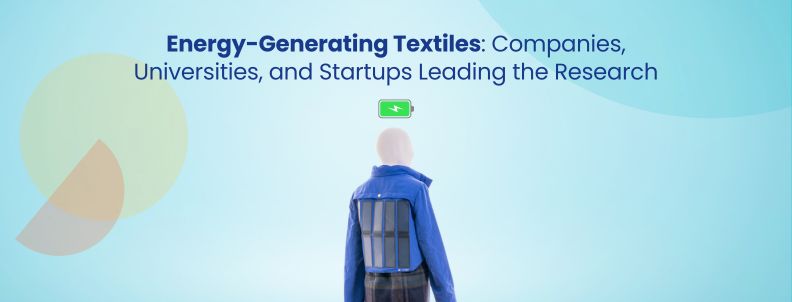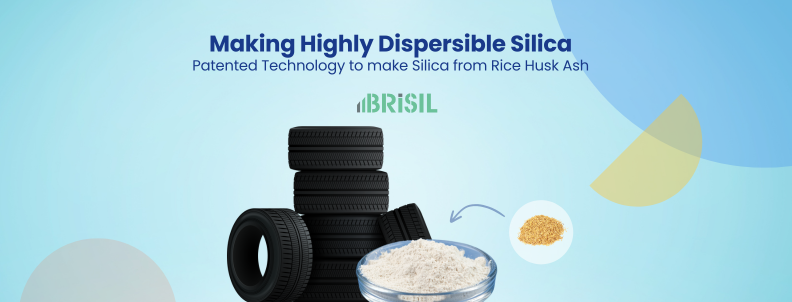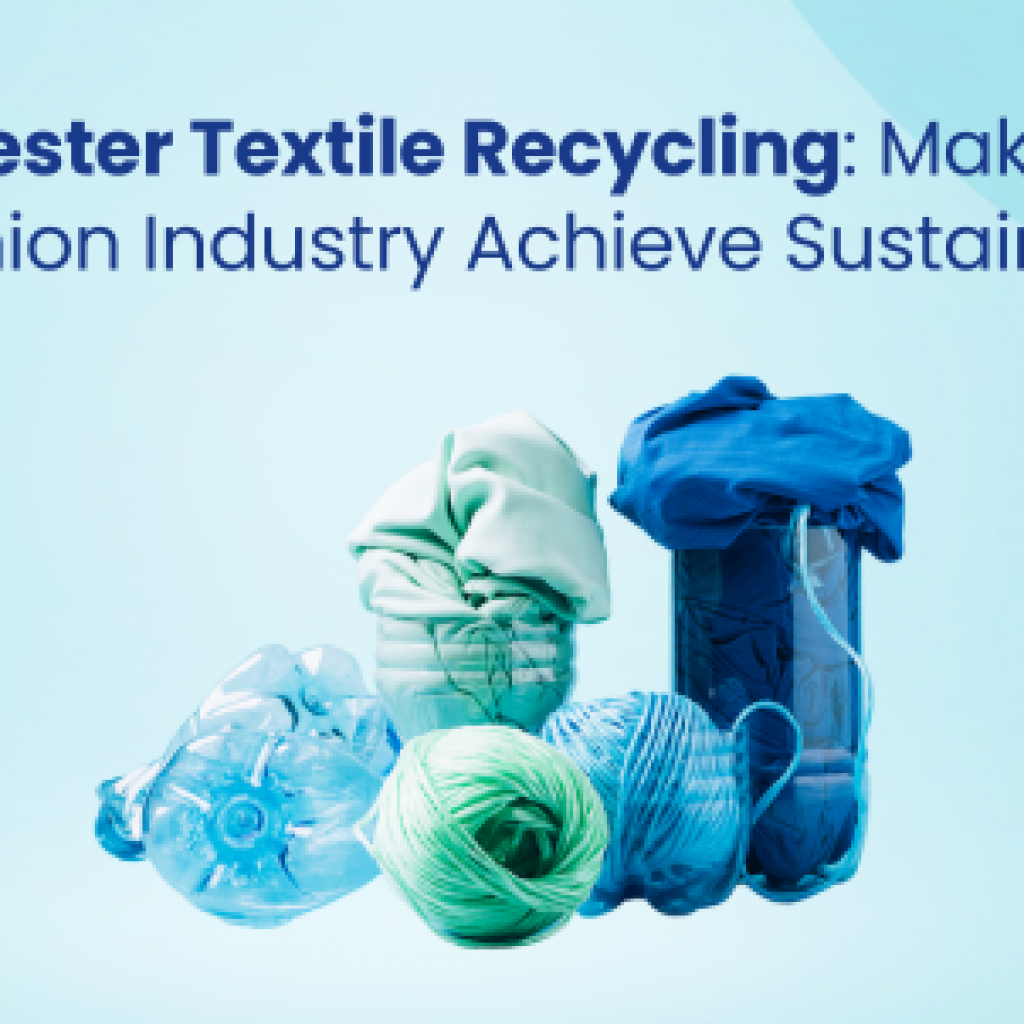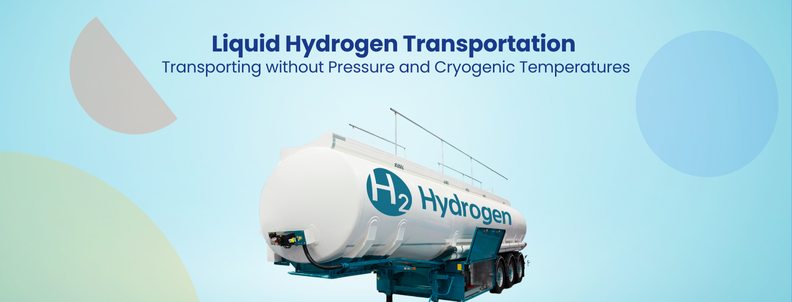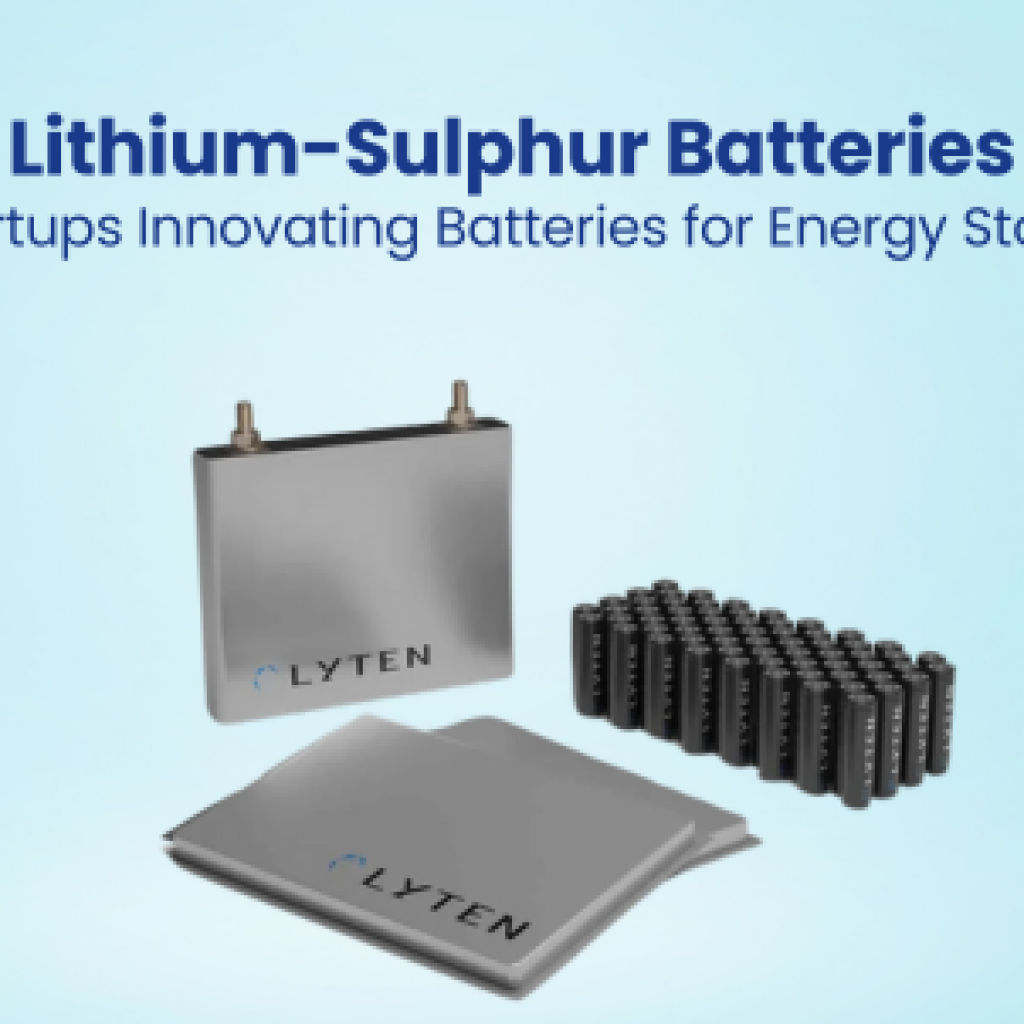The surge in wearable technology has generated a substantial demand for fabrics seamlessly integrating sensors, displays, and energy-harvesting mechanisms. As a result, the Energy textile industry has risen to meet this demand, enabling the creation of intelligent clothing and accessories.
The convenience of monitoring health and delivering real-time information, along with the unique ability to charge electronic devices on the go, all while managing body temperature as desired, has made energy textiles an appealing option for today’s consumers.
Textile and fashion industry giants like Tommy Hilfiger and Ralph Lauren are actively researching in the domain. Not only that, tech giants like Samsung, IBM, and Intel appear to be expanding into the energy textile industry, leveraging their technological research to their advantage.
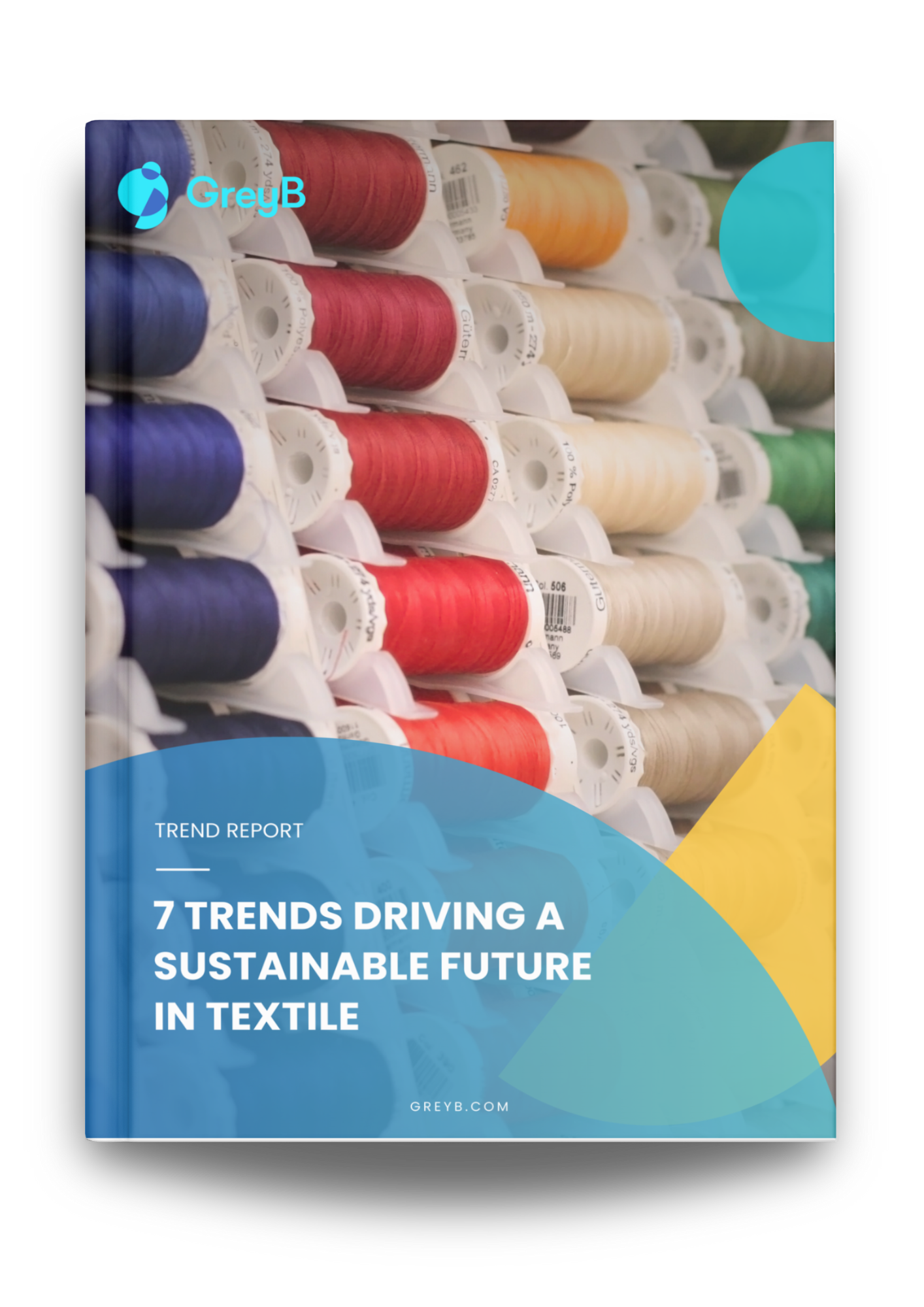
However, if you’re only interested in an overview of Energy textile trends, this article discusses recent breakthrough developments and the entities driving research in the energy-generating textile industry.
Where is the Energy textile industry heading?
NTU researchers create a fabric that generates electrical energy from the body
Researchers at Nanyang Technological University (Singapore) have successfully developed a groundbreaking fabric that converts energy from body movements into electrical power.
The research revealed that various fabric manipulations, including washing, folding, and crumpling, had no negative impact on its performance. Notably, the fabric maintained a stable electrical output for five months, demonstrating its considerable potential as a smart textile and a reliable wearable power source.
The prototype fabric, PVDF-HPF, utilizes a polymer that generates an electrical charge when stretched. This unique fabric generates electricity in two ways: first, through piezoelectricity when compressed or squashed, and second, through the triboelectric effect when it encounters friction with other materials, such as skin or rubber gloves. The fabric demonstrated an impressive output of 2.34 watts per square meter, making it suitable for powering small electronic devices, such as LEDs and commercial capacitors.
Indian universities collaborate on solar cell-based nanofibers
Hindustan Institute of Technology & Science and KCG College of Technology collaborated to develop flexible and durable solar cell-based nanofibers for smart nanotextiles.
The process involved preparing a carbon fiber yarn layer through electrospinning for enhanced durability. A thin 2D-MX2 layer, acting as a photoactive semiconductor (M represents molybdenum, tungsten, and X represents sulfur, tellurium, and selenium), was applied to the carbon fiber yarns using a chemical vapor deposition process, ensuring flexibility.
To further improve the crystalline quality and electrical properties, the coated carbon fiber yarns underwent annealing at 750℃. A graphene layer was then deposited on the photoactive 2D-MX2 using chemical vapor deposition, and a protective capsule was applied to safeguard the layers. The thickness of the resulting solar cell-integrated nanofibers, measured in hundreds of microns, makes them suitable for weaving textiles and garments.
Who is working at Energy Textile?
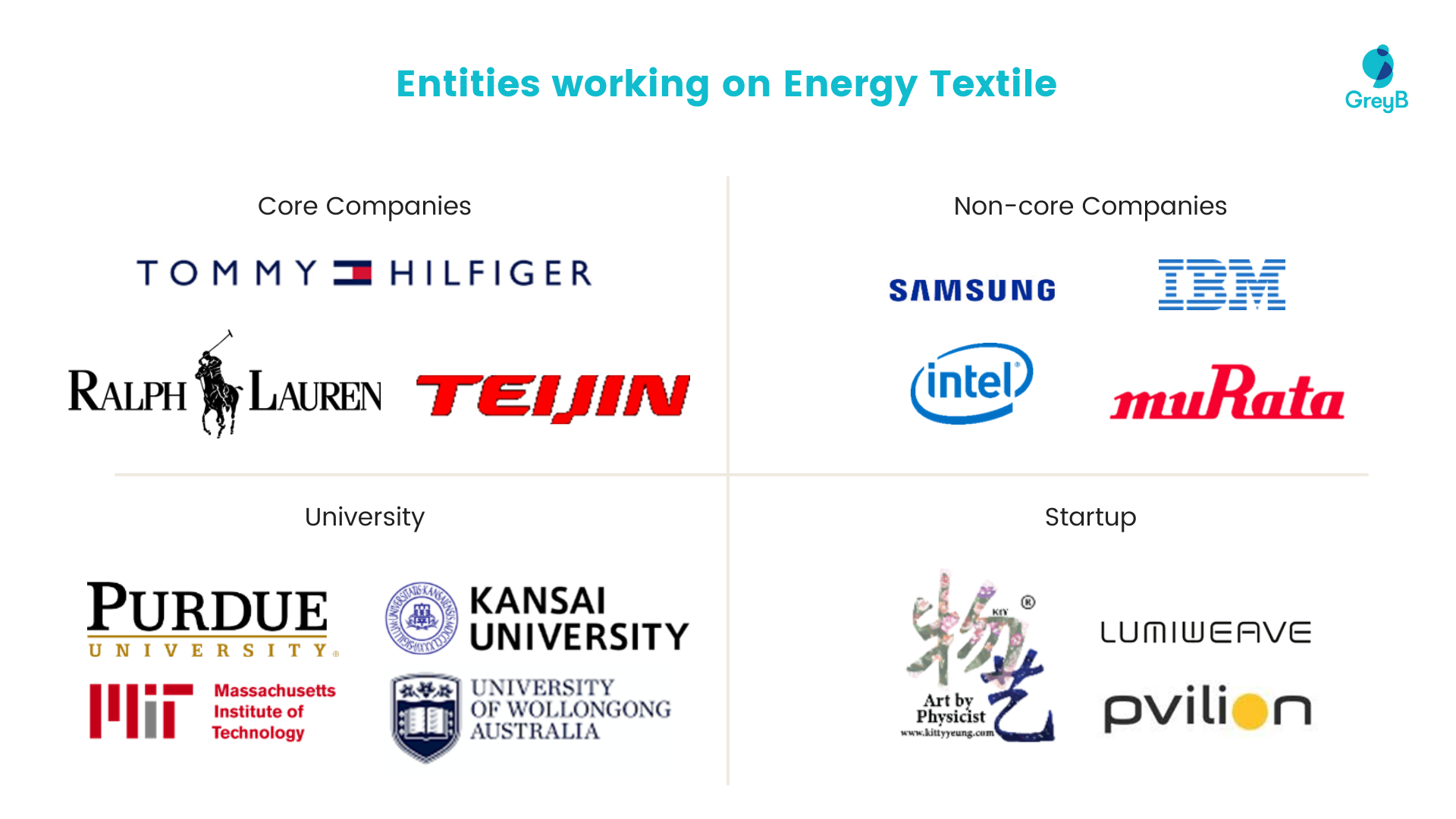
Significant Collaborations in Energy Textile
Tommy Hilfiger and Pvilion introduce solar-powered jackets
Tommy Hilfiger, a US-based apparel retailer, collaborated with Pvilion, a solar structure designer and producer, to create a limited-edition range of solar-powered jackets. These jackets have a space at the back designed for attaching around 7 to 10 removable solar panels. These patented flexible solar panels (US11128254B2) harness sunlight to generate power, charging various smart devices, including mobile phones and tablets.
Teijin and Murata create energy-generating yarn
Teijin Frontier, a textile manufacturing firm based in the US, partnered with Murata, a Japanese electronic component manufacturer, to research a yarn with the potential to generate piezoelectric filament using poly-L-lactic acid (PLLA). The two companies even filed a patent, EP4071284A1, together for their innovation.
Are Intel, IBM, and Samsung planning to expand into Energy Textiles?
During our research, we discovered that several non-core companies were actively interested in developing Energy Textiles. Their innovations highlighted piezoelectric and photovoltaic effects for their textile advancements.
Intel, for example, filed a patent US10270271B2, discussing a fabric roll containing multiple rectennas arranged in an array. These rectennas convert electromagnetic energy into direct current (DC) electricity. IBM also filed a patent, US10370790B2, involving carbon nanotubes (CNTs) as photovoltaic cells in textile products. Whereas Samsung’s patent US9876443B2 focuses on their research into using metal electrodes in textile products that can generate electricity through friction (triboelectric effect).
Conclusion
We believe that energy textiles hold immense promise for revolutionizing energy generation and utilization within the textile industry. As companies, researchers, and government entities invest in these smart textiles, the industry is poised for a transformative shift toward a more sustainable and energy-efficient future.
But that’s not all – our comprehensive Textile Industry Trend report provides valuable insights into other upcoming trends that will impact the textile industry in the coming years.
Don’t miss out! Fill out the form below and download the report now to stay ahead in this dynamic and evolving textile industry landscape.

Authored By: Ambuj, Navjit, and Sushant, Patent Intelligence
Edited By: Ridhima, Marketing
Also Read: 5 trends in the textile industry steering a sustainable and tech-driven tomorrow

